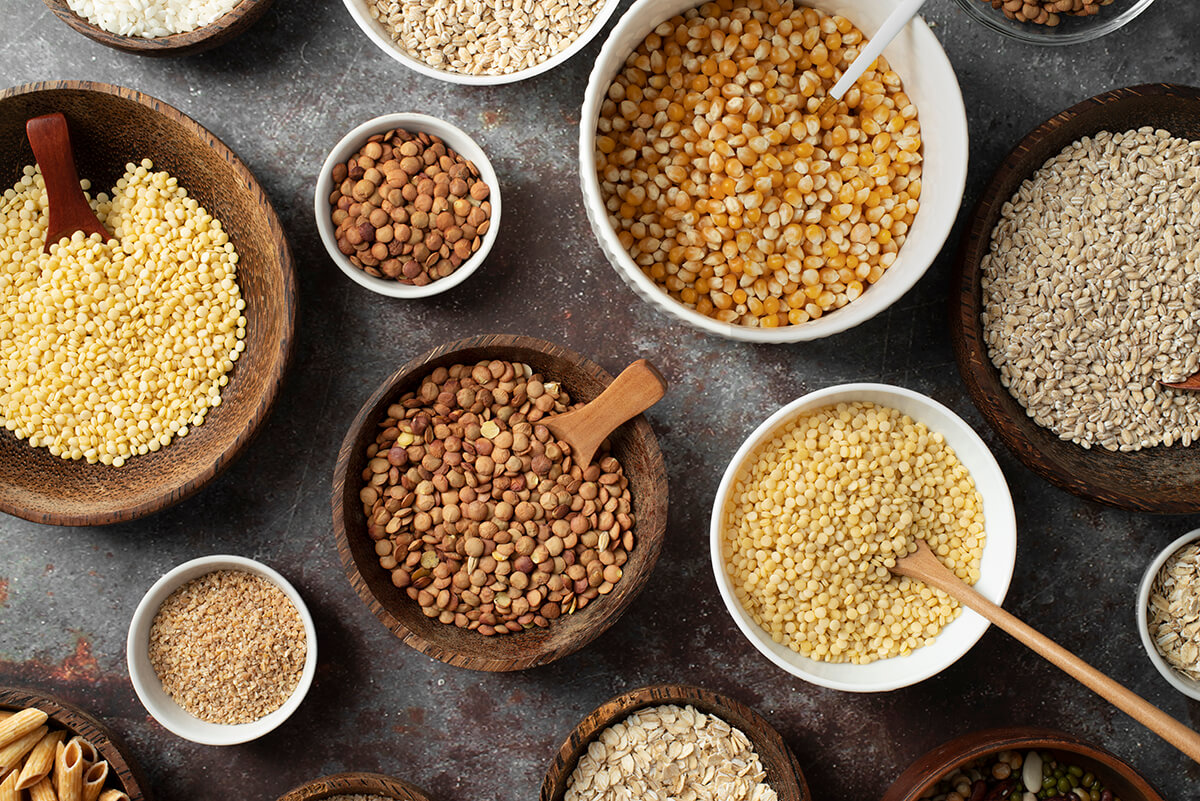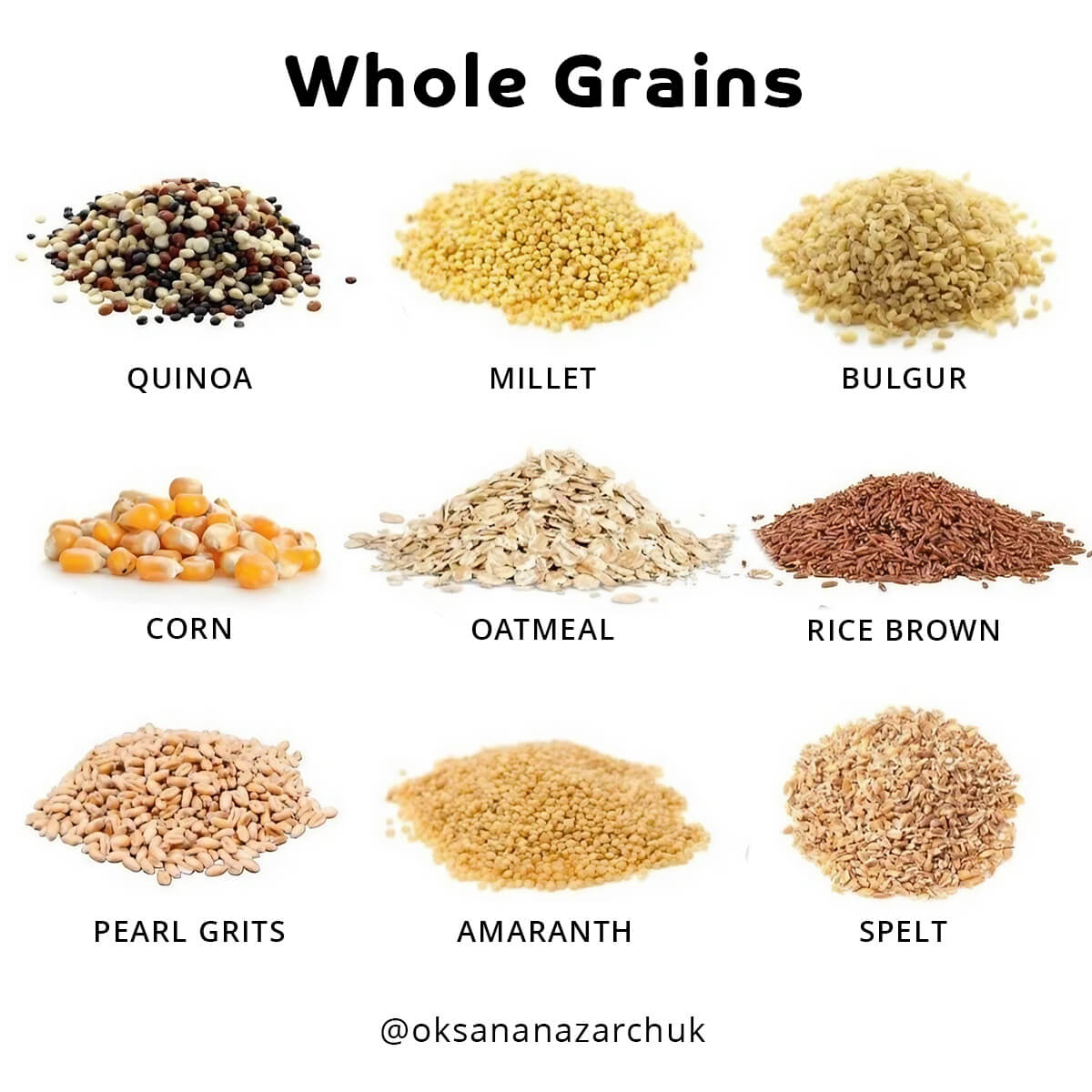Proponents of some popular modern diets (keto, paleo, carnivore) argue that eating grains/cereals is unhealthy and generally that it is unnatural for humans.

Let’s get to the bottom of it!
Whole grain cereals are made up of three parts:
– bran (outer layer)
– germ (rich in nutrients)
– endosperm (rich in starches).
Whole grain cereals contain many important nutrients:
– bran – contains most of the fiber
– rich in B vitamins
– contain a large amount of minerals – zinc, iron, magnesium and manganese
– are an important source of vegetable protein
– antioxidants
– phytonutrients, which play an important role in disease prevention.

Each whole grain product will have its own unique nutritional composition, which is why your diet should be varied. And what is found in millet is not found in buckwheat.
Eating whole-grain foods reduces the risk:
– development of cardiovascular disease
– Decades of research show that whole-grain foods are associated with a lower risk of obesity.
– fiber and magnesium in cereals help reduce the risk of developing type 2 diabetes
– have a positive effect on the GI tract due to the different types of fiber
– help reduce inflammation, which is a factor in the development of chronic diseases.
– Thanks to fiber, it helps reduce the risk of colorectal cancer. But there is no definite confirmation of this yet.

Despite some claims that cereals, pasta and bread are unhealthy, it is important to realize that it matters for human health whether the food is whole or processed.
P.S. Quinoa, buckwheat, amaranth, teff – it is more correct to refer to pseudo cereals. And corn is a grain crop, not a vegetable or legume as many people think.
Eat a varied diet and stay healthy!
Oksana Nazarchuk,
Nutritionist, member of HCA-RHC team, Canada
